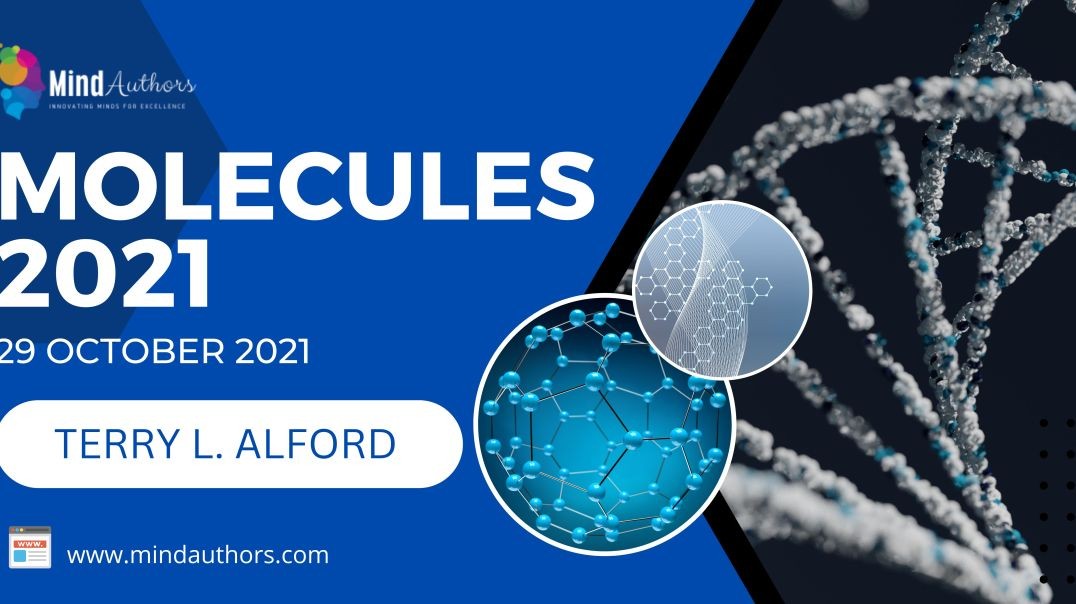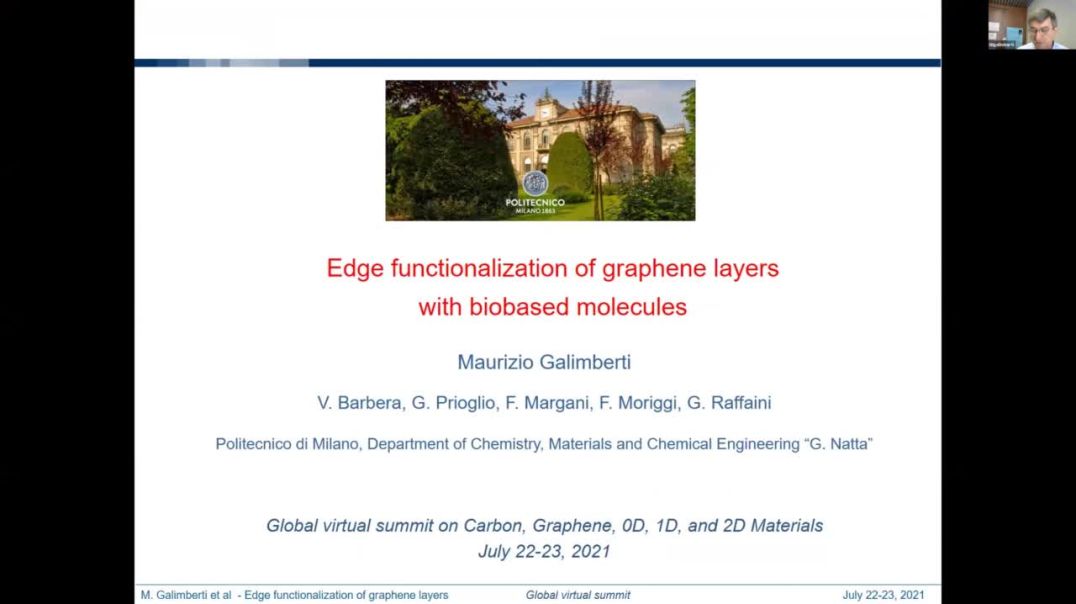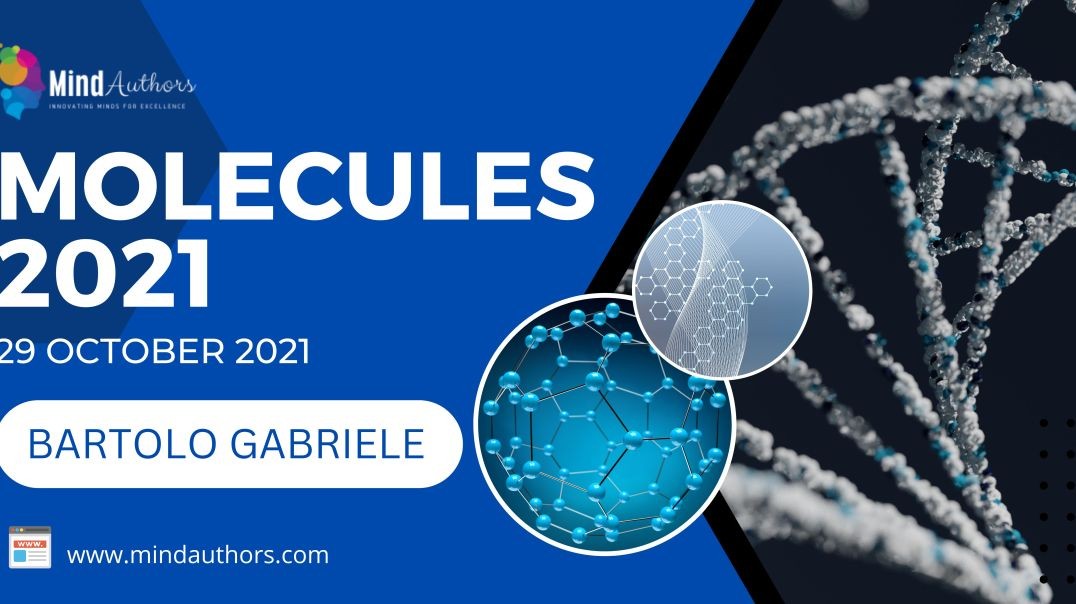Use of guanidinium iodide passivation layers | Terry L |
Summary :
In perovskite solar cells, the inverted device structure has the potential for faster commercialization due to its less complicated processing path when compared to the conventional planar structure solar cell. However, multi-cation perovskite crystallization on the PEDOT:PSS, the hole transport material, results in large domains with several deft and grain boundaries. These defects formed on the perovskite surface result in non-radiative recombination and limit the device’s performance. Incorporating surface passivation of the perovskite layer through the introduction of large cation is a feasible route to reduce defects and improve charge carrier extraction. This work reports on an inverted solar cell that uses a Csx(FAyMA1-y)Pb(IzBr1-z) perovskite on a PEDOT:PSS surface. The GUI layer results in the passivation of the perovskite and curbs the amount of non-radiative recombination. The beneficial aspects of the passivation include an increase in open-circuit voltages from 0.89 V to over 0.96 V and high efficiency of 16.03% for a GUAI device when compared to 12.92% for the control device. The presence of the GAUI layer improves the stability when compared to the control device by over 600 hours of storage in ambient conditions.
About Author :
Prof. Terry Alford holds the rank of professor and serves as the Associate Director of the School for the Engineering of Matter, Transport and Energy. Additional responsibilities include overseeing the materials science and engineering M.S. Online Graduate Program and creating the new Semiconductor Processing Certificate (online and face-to-face). His research spans materials characterization to electronic materials to organic-based perovskite solar cells. He has over 300 refereed archival publications, two books, and four volumes of e-book monographs to support undergraduate and graduate online course delivery. The Alford Group has10 patents ranging from advanced metallization to ion-beam cutting to make flexible electronics. He is the committee chair or co-chair of over 28 Ph.D. dissertations and 138 MS theses/applied projects.




